Peptides and polypeptides are crucial biological molecules. But what exactly are they? This article explores their definitions, benefits, and applications. Discover why these molecules are vital for life.
Key Takeaways
-
Peptides and polypeptides are fundamental biological polymers differing in amino acid chain length, with peptides typically containing fewer than 20 amino acids and polypeptides having 10 or more.
-
Peptide drugs are gaining traction in various therapeutic areas, including oncology and metabolic disorders, due to their specificity, lower toxicity, and the ability to mimic natural hormones.
-
Despite challenges such as stability and rapid degradation, advancements in peptide drug design and combination therapies offer promising potential for more effective treatments in medicine.
Understanding Peptides and Polypeptides
At its core, a peptide is a short string of two amino acids formed through a condensation reaction, where a water molecule is released during the creation of each peptide bond. This bond, known as a peptide bond, links the amino acids together by peptide bonds, forming chains that can vary significantly in length. When these chains consist of fewer than 20 amino acids, they are often referred to as oligopeptides.
Polypeptides, on the other hand, are chains of 10 or more amino acids. These longer chains can fold into complex structures, giving rise to proteins, which are essentially one or more polypeptides folded into a specific three-dimensional shape. This distinction between peptides and polypeptides is crucial, as it underscores the diversity and complexity of these molecules.
Peptides and polypeptides are classified as biological polymers, sharing this category with nucleic acids and polysaccharides. This classification highlights their fundamental role in the biochemistry of life, acting as the building blocks for many biological structures and functions.
The typical amino acid chain length of most peptides in the human body is around 20 amino acids, a sweet spot that allows for many amino acids and a wide range of biological activities. Understanding the basic structure and classification of peptides and polypeptides sets the stage for exploring their formation and synthesis, which involves a fascinating array of chemical processes and techniques.
Formation and Synthesis
The formation of peptides is a meticulously orchestrated process that begins with the pairing of the carboxyl group of one amino acid with the amino group of another, resulting in a peptide bond forms. This cyclical method of deprotection and coupling allows for the sequential addition of amino acids, one at a time, to build the desired peptide chain.
Solid-phase peptide synthesis has revolutionised the field by providing an efficient method for peptide production. In this technique, the first amino acid’s C-terminus is attached to a solid support, which simplifies the purification process as the peptide chain grows. Protecting groups like Boc and Fmoc are used to shield reactive sites on the amino acids during synthesis, ensuring that the correct bonds form without unwanted side reactions.
Carbodiimides, such as DCC, play a crucial role in activating the carboxyl group of incoming amino acids, facilitating their coupling to the growing peptide chain. This activation is essential for the efficient formation of peptide bonds, allowing for the precise construction of the peptide’s primary structure.
The efficiency and high-throughput capabilities of solid-phase synthesis have made it the predominant method for producing synthetic peptide. These synthetic peptides can be tailored for specific applications, from research to therapeutics, showcasing the versatility and potential of these remarkable molecules.
Biological Roles and Functions
Peptides are not just structural components; they are dynamic players in numerous biological processes. Biologically active peptides are involved in hormone regulation, immune responses, and cell signaling, making them essential for maintaining homeostasis and proper functioning of the body.
Neuropeptides, for instance, act as neurotransmitters that modulate processes such as pain, mood, and appetite. These peptides interact with receptors on the surface of human cells, triggering specific responses that influence our physiological and psychological states. This intricate signaling network highlights the importance of peptides in the complex communication system within our bodies.
Antimicrobial peptides serve as a defense mechanism against pathogens by disrupting their membranes, thereby protecting the body from infections. These peptides are particularly effective against gram-negative bacteria, showcasing their potential in combating various microbial threats.
Certain peptides also inhibit specific enzymes, thereby regulating biochemical reactions and maintaining balanced cellular functions. This regulatory role is crucial for processes such as digestion, metabolism, and immune responses, underscoring the multifaceted functions of peptides in human biology.
Therapeutic Applications
The therapeutic potential of peptides is immense, driven by their specificity and lower toxicity compared to traditional pharmaceuticals. The market for peptide drugs has grown substantially, with sales surpassing $70 billion globally, reflecting their significance in modern medicine.
Peptide drugs are making strides in various therapeutic areas, including:
-
Oncology, where they act as targeted therapies, minimising damage to healthy tissues and enhancing the efficacy of treatment
-
Metabolic disorders, leveraging their ability to mimic natural hormones
-
Pain management, providing effective solutions for patients
Their ability to mimic natural hormones further enhances their effectiveness in managing conditions like diabetes.
In the realm of dermatology, peptide drugs have shown significant efficacy in treating chronic inflammatory skin diseases, leveraging their targeted action and reduced side effects. Synthetic modifications, such as PEGylation and cyclisation, enhance the stability and circulation time of peptide drugs, making them more effective and reliable.
Innovative delivery methods, including co-formulation with permeation enhancers, are also being developed to facilitate oral administration of peptide drugs, expanding their usability and convenience. These advancements highlight the versatility and potential of peptides in therapeutic applications, paving the way for more effective and targeted treatments in the future.
Peptides in Skin Health
Peptides play a crucial role in skin health, particularly through antimicrobial peptides (AMPs), which defend against bacteria, viruses, and fungi. These AMPs are effective in combating bacterial infections and modulating inflammatory responses during wound healing. This dual action not only protects the skin but also promotes faster and more effective healing.
Milk-derived antimicrobial peptides (MAPs) have shown remarkable benefits in wound healing by promoting the proliferation of fibroblasts and keratinocytes, essential cells for skin repair. These MAPs also reduce inflammation and bacterial proliferation in infected wounds, making them a valuable addition to wound care treatments.
The application of MAPs leads to a significant increase in collagen synthesis and improved tissue regeneration, which are critical for wound healing and maintaining beautiful skin. Specific MAPs have demonstrated improved wound repair rates compared to traditional treatments, particularly in the early stages of healing, highlighting their potential in clinical applications.
Endogenous peptides also play a vital role in wound healing by inducing mesenchymal cells’ differentiation and promoting bacteriolysis. These natural processes underscore the importance of peptides in maintaining skin health and combating infections, making them indispensable in skincare and medical treatments.
Challenges in Peptide Drug Development
Despite their potential, peptide drugs often face significant challenges, primarily due to stability issues and rapid degradation. Researchers are focusing on improving stability and delivery methods to overcome these hurdles, addressing problems like membrane permeability and enzymatic degradation.
Recent advances in peptide drug design include novel strategies to enhance their stability, such as using synthetic modifications and combining peptides with other therapeutic agents. These approaches not only improve the efficacy of peptide drugs but also broaden their therapeutic potential.
Peptides are also being explored in combination therapies, where they work alongside other treatments to tackle multifaceted diseases. This collaborative approach enhances the overall therapeutic effect and addresses complex medical conditions more effectively.
The pharmaceutical industry continues to invest in research and development to overcome these challenges, aiming to unlock the full potential of peptides in medicine. Continued innovation and collaboration make the future of peptide drugs promising, offering hope for more effective and targeted treatments with fewer side effects.
Future Prospects
The pharmaceutical market for peptide drugs has seen remarkable growth, driven by their increasing use in clinical trials and therapeutic applications. With sales reaching over $70 billion in recent years, the interest in peptide-based therapies continues to rise, reflecting their potential to revolutionise medicine.
Innovations like cyclotides, which are circular peptides known for their stability and resistance to degradation, offer new possibilities for peptide therapies. These advancements promise to enhance the efficacy and durability of peptide drugs, paving the way for more reliable and potent treatments in the future.
Summary
In summary, peptides and polypeptides are fundamental to countless biological processes and hold immense potential in therapeutic applications. From their intricate formation and synthesis to their diverse roles in the body, these molecules are indispensable in biochemistry and medicine. Despite the challenges in peptide drug development, ongoing research and innovation continue to push the boundaries, offering hope for more effective treatments.
As we look to the future, the promise of peptides in revolutionising healthcare and skincare is undeniable. Their versatility, specificity, and potential for fewer side effects make them a cornerstone of modern biochemistry, inspiring continued exploration and discovery. The journey of peptides is far from over, and their impact on science and health will undoubtedly continue to grow.

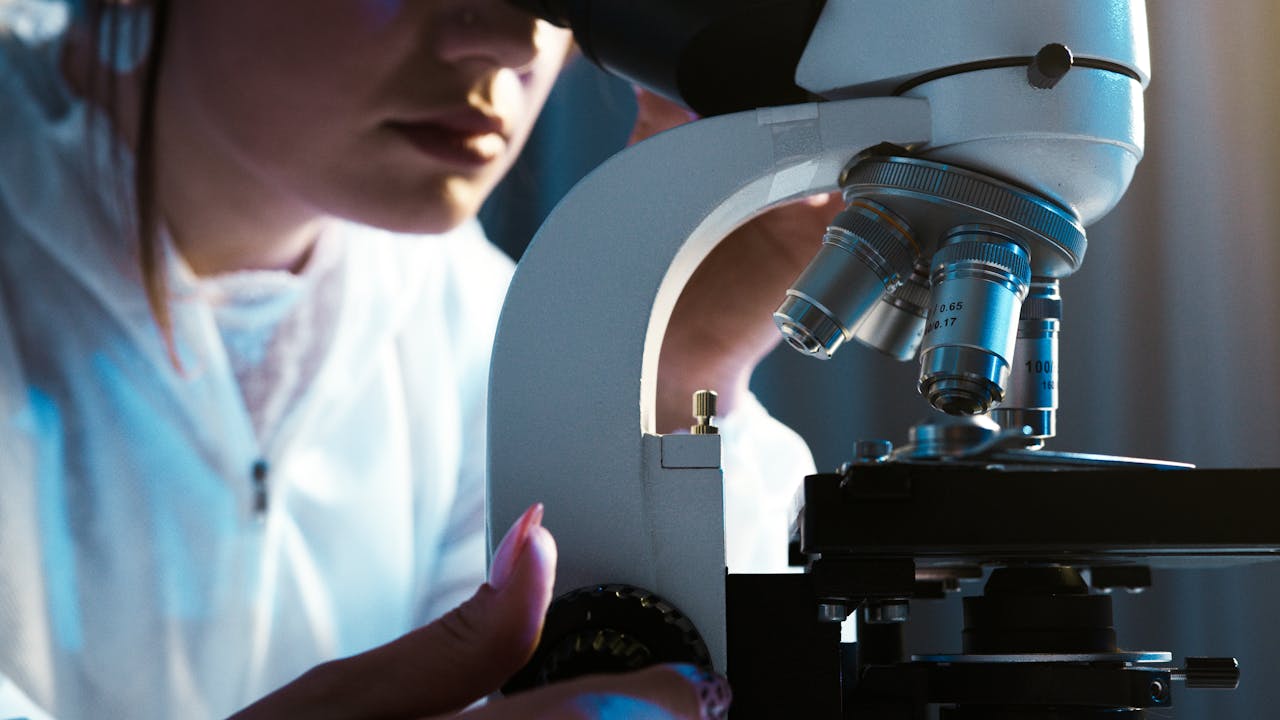
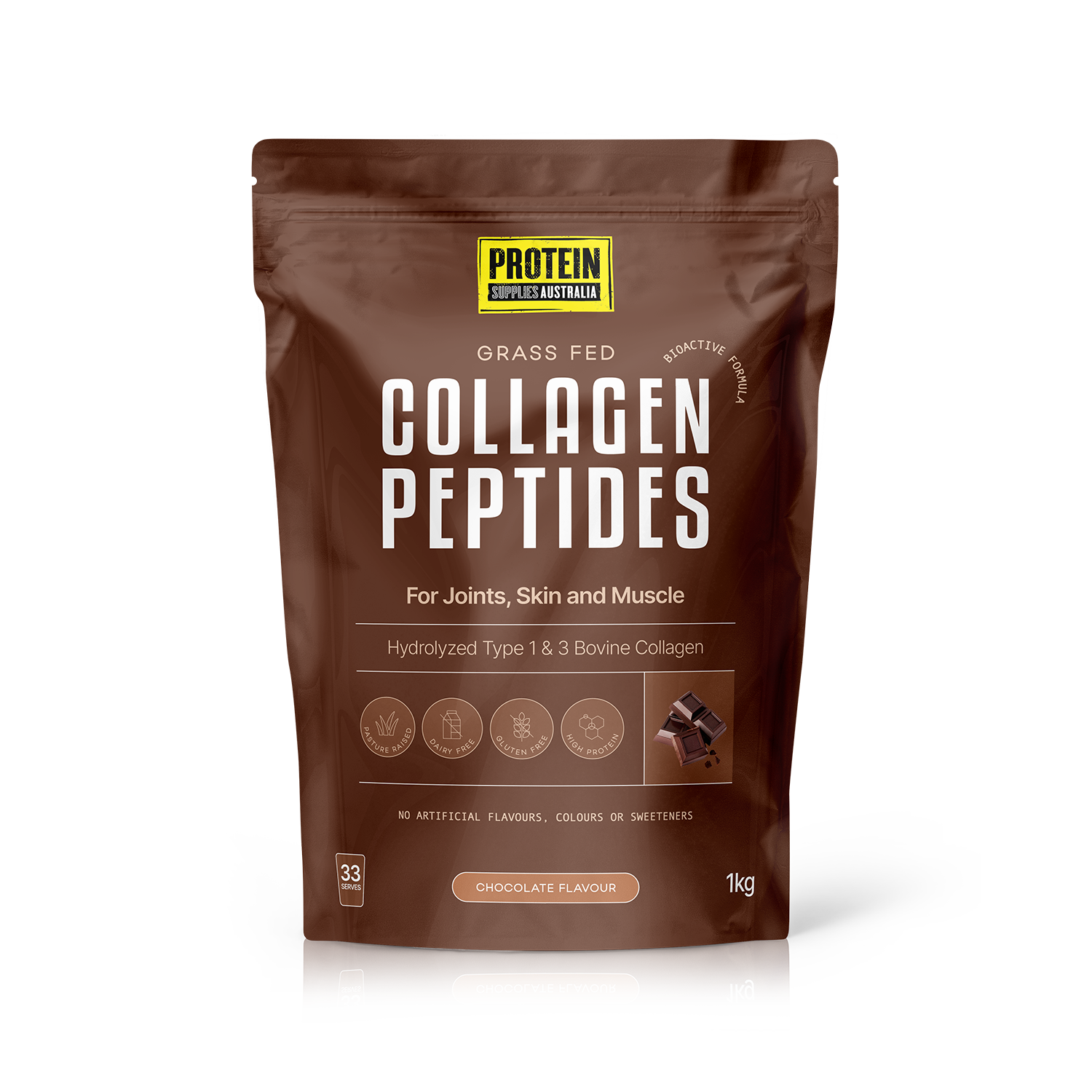
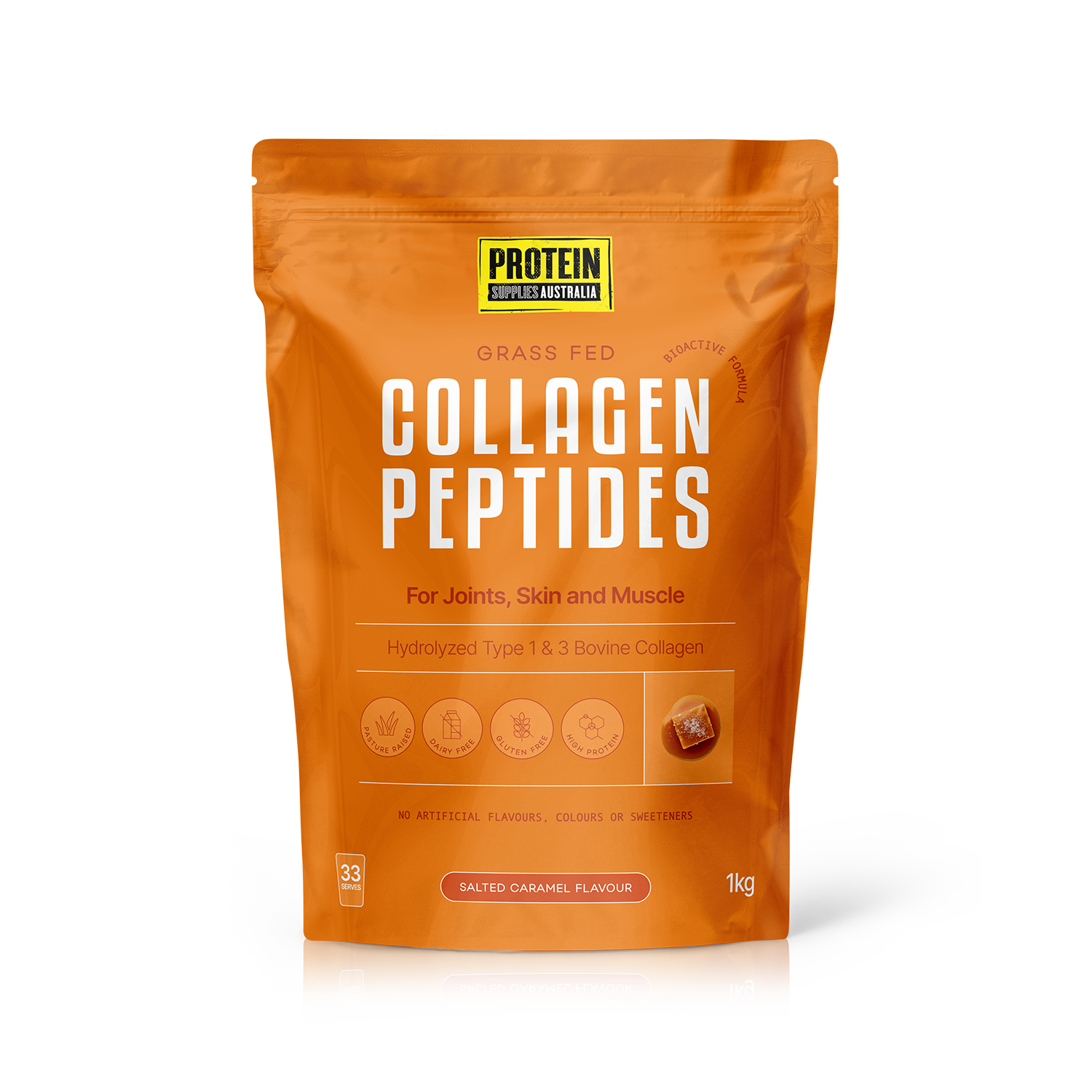
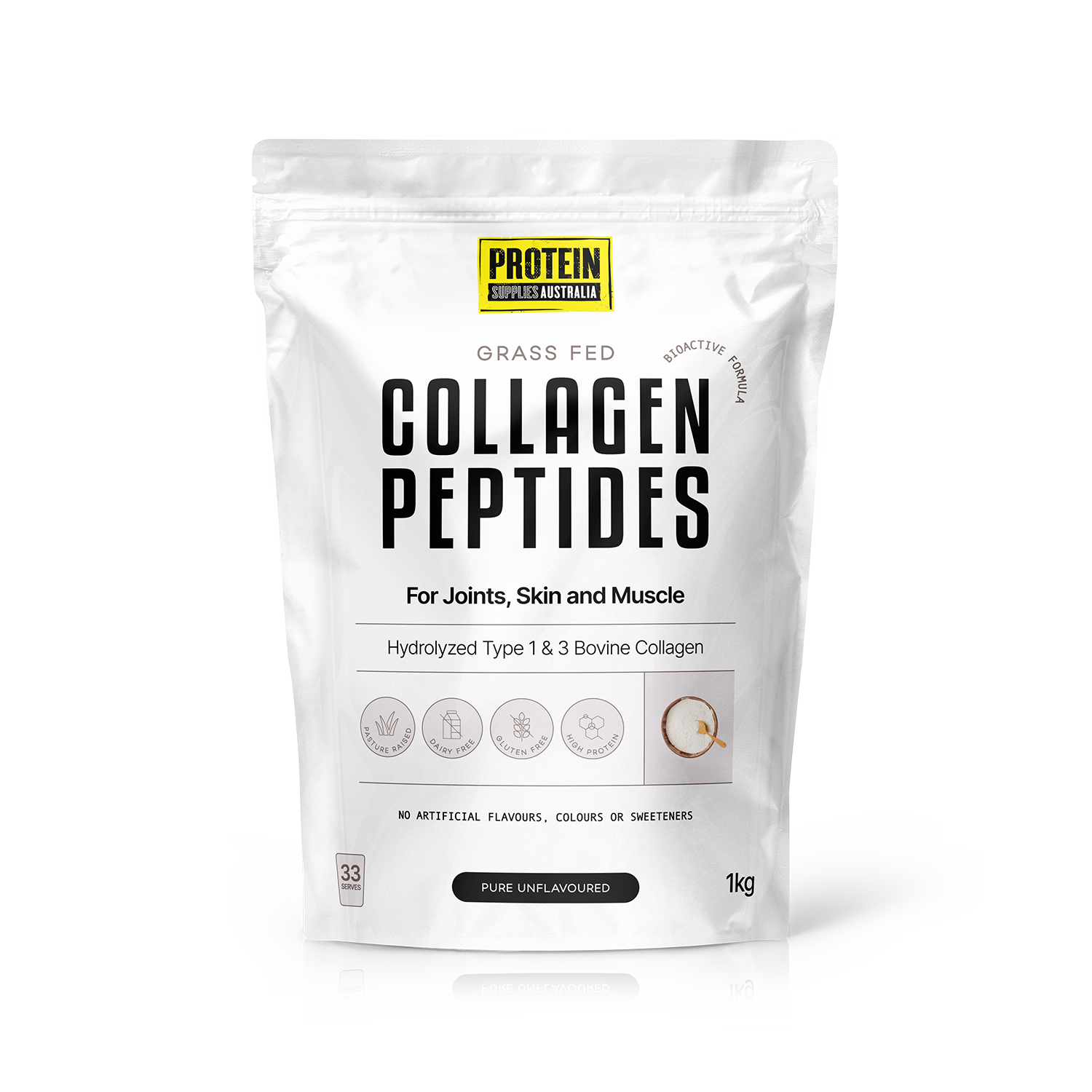
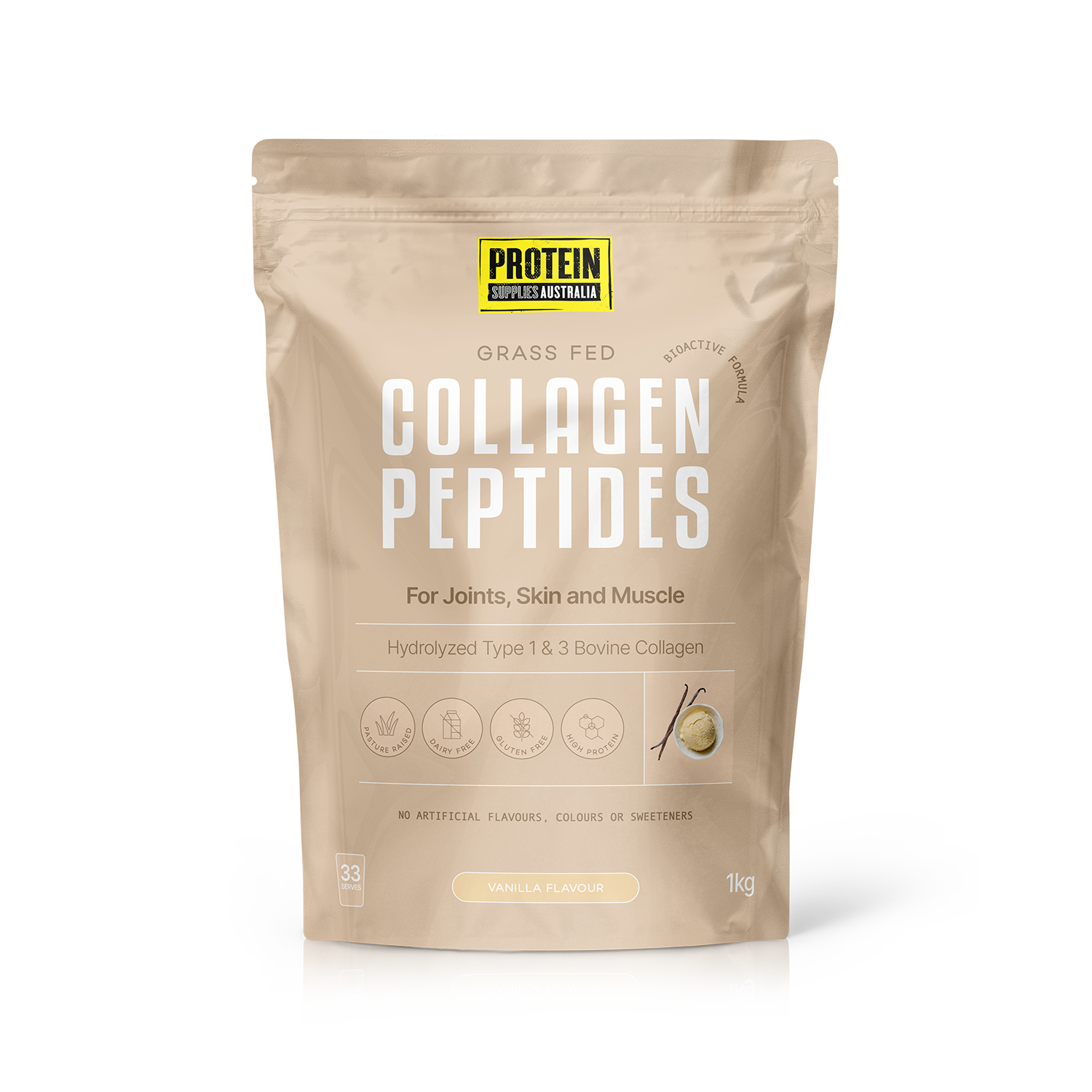
Does Creatine Help with Fat Loss and Weight Loss?
Collagen for Weight Loss: How Supplements Can Help